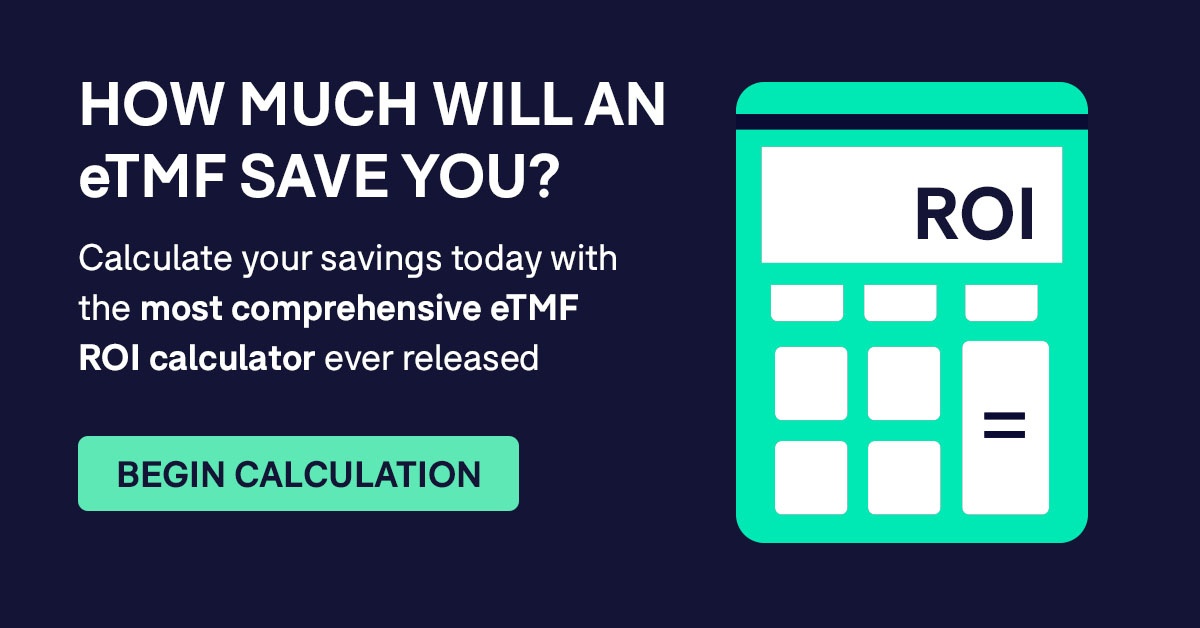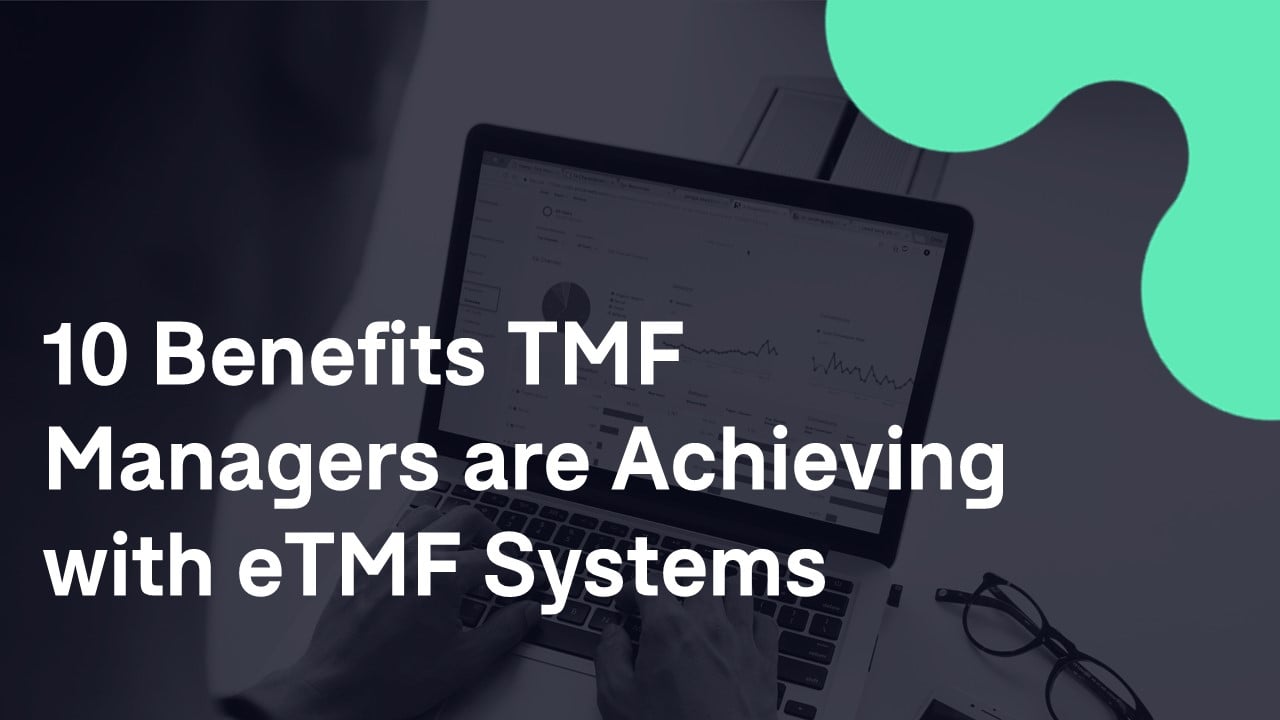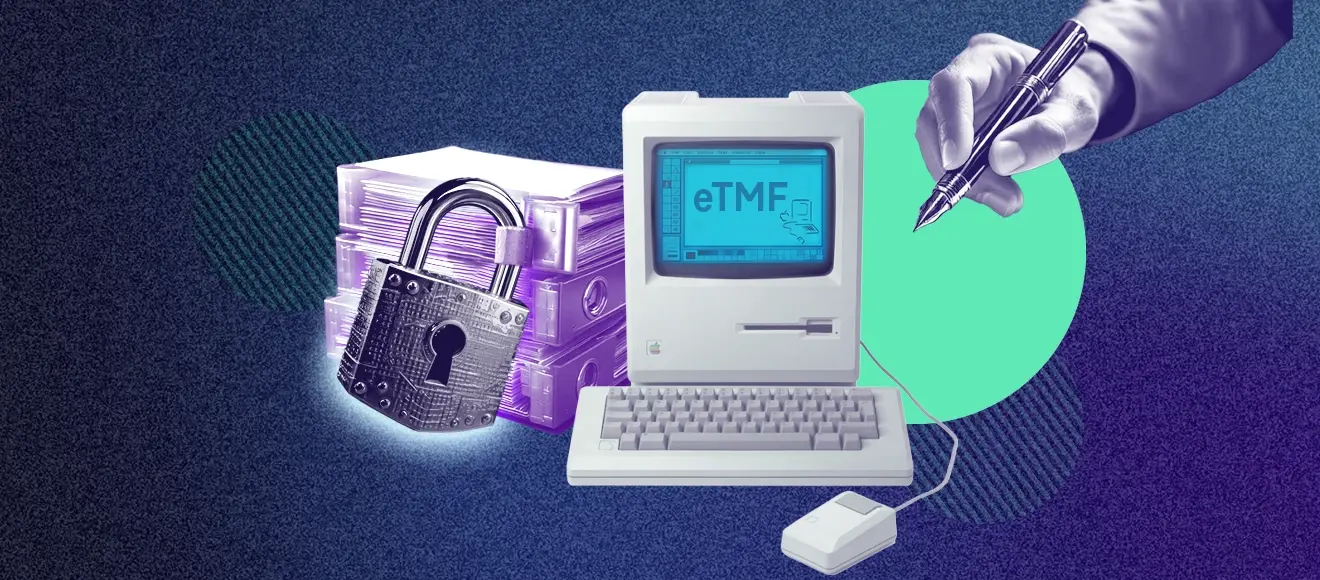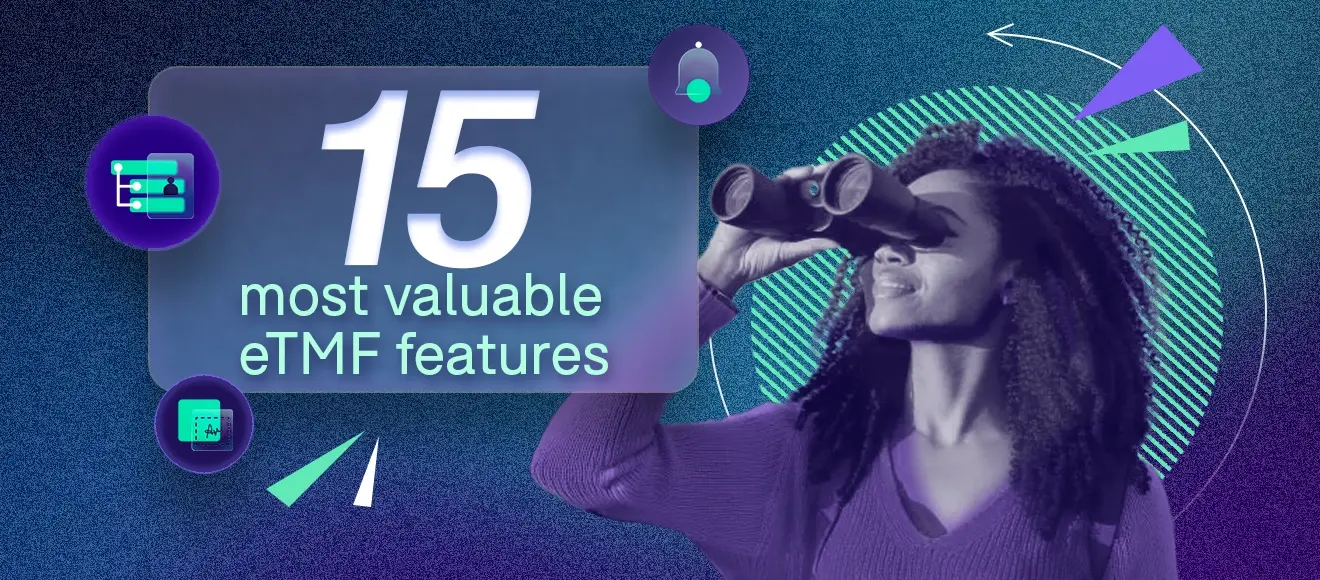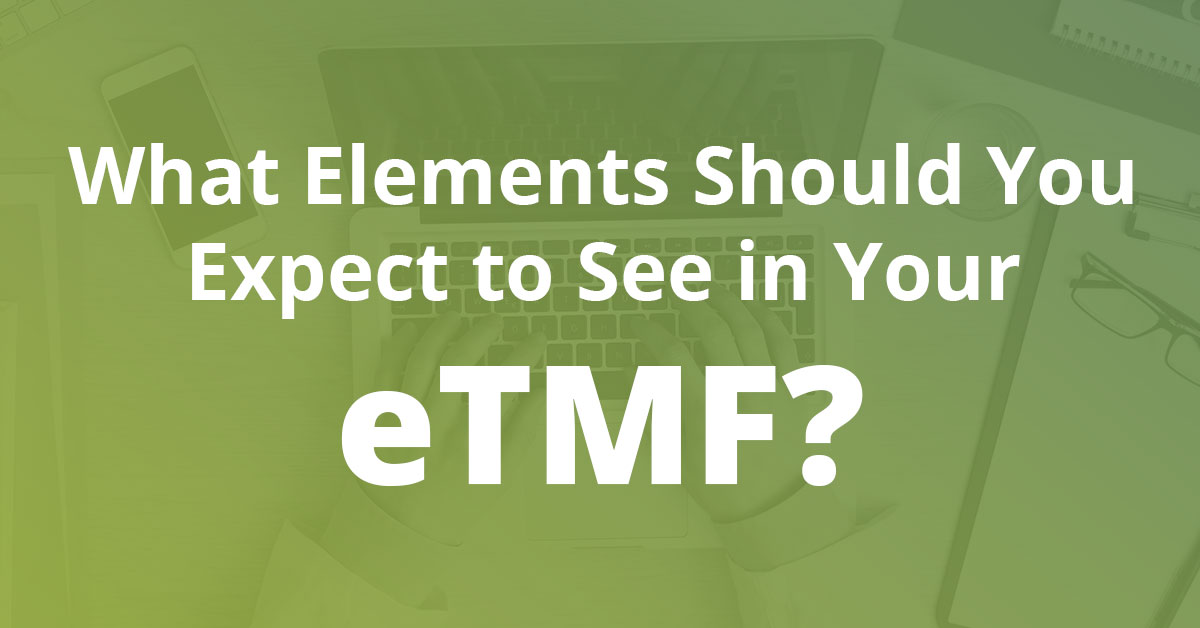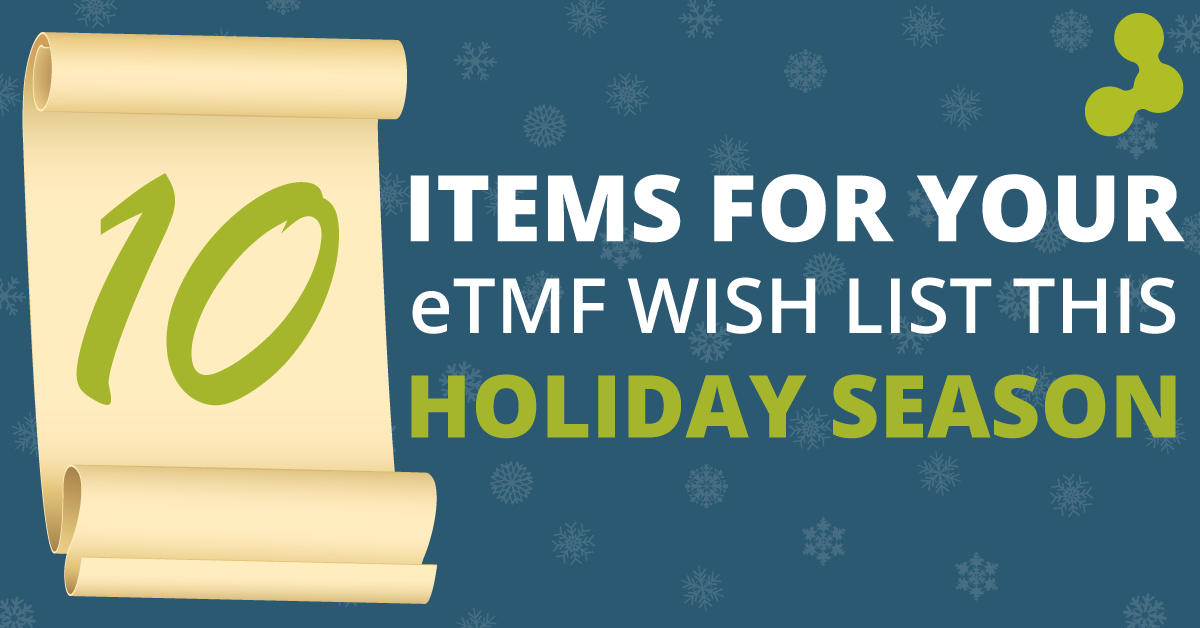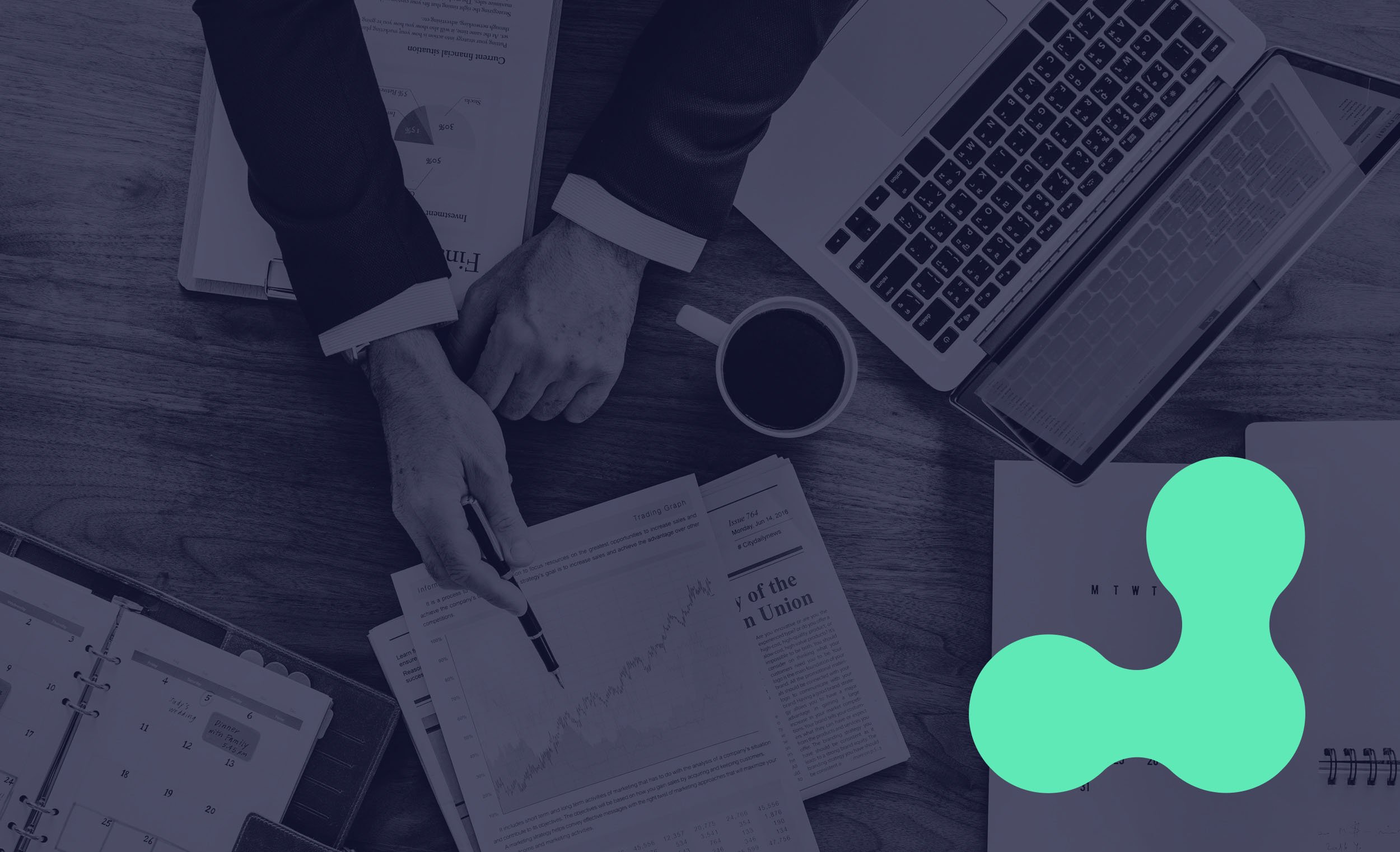
Any time you make an investment to reduce everyday expenses, there is a hope that these benefits will accrue day after day, whether this means putting new windows in your home to lower utility costs or implementing new technologies at work.
One place where many in the world of clinical research see an opportunity to improve their processes and save money is in the management of their trial master file (TMF). Electronic Trial Master File (eTMF) software systems offer benefits in a number of ways and by selecting the right system, moving to an eTMF can bring you a sizeable return on your investment (ROI)—some that are immediately noticeable and some that are more subtle (yet equally impactful).
While most eTMF vendors on the market will claim their system will bring true ROI, it is often hard as a clinical or IT professional to quantify how much you will save over time as you move away from paper or file-share based TMF management.
In the following article, we explore the key elements of calculating a true ROI, the types of returns you can expect from moving to an Electronic Trial Master File system, and we provide you with a real tool to plug in your numbers and work out how much you can save with a move to an eTMF.
What exactly is Return-on-Investment (ROI)?
First things first, some of you may be thinking, “What exactly does ROI mean, and why should I care?” Well if you are in the “what is ROI” camp, read on for a brief introduction—if not, feel free to jump to the next section (Where will I see returns by moving to an eTMF?).
Traditionally, ROI is a term used in the world of business and—in short—is a way to understand what returns (financial or sometimes other) you will receive from an activity you are participating in or an investment you make.
For example, if an investor buys $1,000 worth of stocks and sells the shares two years later for $1,200. The net profit from the investment would be $200, and ROI is calculated as follows: ROI = ($1200-$1000 / $1,000) x 100 = 20%
When we’re speaking about Electronic Trial Master Files, ROI (return on investment) is the financial loss or gain that your investment in the system has made in comparison with your original processes. This could obviously be the financial returns of improving the way your team works, or it could also be a range of intangible benefits like productivity, job satisfaction, morale, etc.
Where will I see returns by moving to an eTMF?
1. Eliminating Paper Means a Greener Organization
One of the most obvious costs of dealing with paper is buying and dealing with the paper itself. According to Chase Cost Management, working with paper costs any business about $200 in office supplies (paper, toner, printers, etc.) per employee per year.
As you can imagine, the more studies you run and the larger your clinical team, you'll naturally generate more documents, which can mean often mean additional costs. With anywhere from 600-50,000+ documents created per study—dependent on the phase, the number of sites, and the number of patients—the sheer volume of paper required can be staggering.
As an industry, we also know that the continued use of paper products isn’t the most sustainable of processes, especially when you consider the changes in regulation around archiving in recent years and the fact that all of this paper will sit in an archive and therefore, won’t be recycled. As well, to archive these documents, the paper needs to be migrated to the sponsor and archived within their organization, which may take moving the documents over considerable distances, another major use of resources.
An eTMF virtualizes documents, reducing the reliance on paper or file-shares. Reducing the dependence on paper and printers can shave study management costs considerably by removing the need for most office supplies, and can further removing the waste created through the loss and misfiling of TMF content.
2. You can focus on managing studies, not documents
Before you even initiate a study, your clinical teams work tirelessly to prepare the TMF structure in anticipation of study start-up. Through the development of the TMF plan, your teams will begin creating the file structure they will use for the study, preparing binders and cabinets or folders in file-shares to house future TMF content.
Unlike paper or file share systems, an eTMF will often provide the ability to recreate the TMF structure from a pre-defined template (usually the TMF Reference Model structure). By pre-creating the structure you need ahead of time, and then loading this up at the beginning of a study, clinical teams can significantly reduce startup timelines and focus on research, rather than administration.
One of the biggest problems that Life Sciences organizations face is documentation errors. Successful R&D and product development are heavily dependent on accuracy and completeness of results, and compliance with regulations. Documents manually authored and filled out on paper leave the entire system open to potential typos, mistypes, and incorrect information being captured. Although this may directly be converted to a monetary loss, this can also be considered an intangible loss as this can increase general timelines of studies and decreases efficiency. No one likes an elongated QC process.
Ultimately, moving to an eTMF will not completely remove the need to create and review documents, it’s more about how much more efficient it would be to create, move, manage and archive documents using an eTMF versus paper or file share-systems.
This number has been hard to quantify into one nice percentage; however, there are some industry reports, which show significant effects of conducting business electronically. For example, one study has shown that documents managed electronically are completed 23% faster and have 58% fewer errors than the same paper documents, while another notes that 50% of every professional’s time is spent looking for documents, something that an eTMF can minimize through powerful search and retrieval technology.
When comparing to file-share systems, the management of documents is virtualized, but not eliminated. While one might expect some efficiencies here, industry experience has shown that electronic management without the framework of an eTMF can create a virtual dumping ground. Here files can be misnamed, mislabeled, misfiled, and lost (deleted) in the same way or even more than paper; however, with the added efficiency, this happens in a shorter time-period.
3. Modern Documentation is Far More Collaborative & Accurate
During the trial, collaboration is imperative. On paper, documents are often sent from one person to another via email, creating a long chain of email versions and comments. This approach almost certainly slows down the process, as well as increase the risk of human error.
Getting documents and forms between teammates can be a slow process. The wait time for paper-based documents and forms to move between sites can take days to weeks depending on the size of the files and the site locations. If during this process, you’re unlucky enough to find information missing, the process starts all over, creating an ongoing lag in operations.
At the point that all documents are in hand, you have to have all of the documents manually signed and then mailed back again. On average, it takes about 6 minutes to pull and re-file a document.
File-shares remove some of these inefficiencies; however, they introduce a new issue; where documents can be worked on instantaneously, however, not in a collaborative manner. If two or more people decide to work on a document, their changes will be independent of each other, and saving these independent versions will often lead to file conflicts and create a need to reconcile two different copies, slowing down the whole process.
In an eTMF, collaboration can happen in parallel, documents are transferred instantaneously, and all actions can be tracked. By leveraging cloud technology, changes and reviews can occur simultaneously. Signatures can be performed both electronically and CRF Part 11/Annex 11 compliantly. This slims the trial process in a huge way, further driving time and operational efficiencies.
4. Archiving (and Archiving Costs) Become a Thing of The Past
During closeout, all documents must be closed out and archived. On paper, this can be an arduous process that requires a high degree of organization, moving of documents and filing in long-term storage cabinets or electronic archives. As previously mentioned, file-shares are mainly dependent on your team’s dedication to structure and quality, meaning they can be demanding comparable to paper.
Even though a single sheet is virtually negligible in terms of size, the cost of archiving reams of paper can be huge. Organizations typically archive in filing cabinets which have purchase costs (≈$200) along with costs related to the space they occupy.
An estimated 15-21 sq ft is required per filing cabinet, taking into account the space that the cabinet sits on, the room to open the drawers and more space for a person to work with the files. With office space ranging from $20.97 in Atlanta to $74.00 in New York City, space does play a role in determining how much paper is costing you. While this cost analysis may seem a little over the top, we find that most organizations don't take these costs into account.
On top of all of this, employees are needed to produce, approve, and manage (file, retrieve, and archive) these physical documents. For example, every 12 filing cabinets require an additional full-time employee to manage the archiving and pulling of documents. Records managers come with a price tag, earning about $69,000 per year on average in the United States. As you continue to add resources to manage physical records, you must add costs to your budget. Not everyone is on the same page when it comes to eTMF systems, they can be seen by member of your finance team as an added expense rather than a smart investment, so we wrote an article to get your finance team on board with an eTMF.
5. Streamlined and Transparent Services are More Marketable
System functionality and efficiency are just one way to get the most out of your eTMF. However, there are other ways to leverage this technology to your benefit.
As a CRO, adding an eTMF to your service offering can help you win bids that you may not have been able to win before and in turn increase the contract value of the deals you are winning.
By demonstrating a modernized process, it is possible to attract sponsors who are seeking critical features of oversight and efficiency. Since an eTMF also allows for easy exchange of all clinical trial information to stakeholders, this means that migration and transfer costs are largely reduced, further affecting both your and the sponsor’s bottom line.
Additionally, this overseeable, streamlined process offers everyone involved more tangible and intangible benefits, which may increase the value of deals you do land as a CRO.
How to Move Forward?
It’s important to note that although ROI is a monetary calculation of the value of an investment brings, there are also intangibles and opportunity costs that are present in paper processes, file-shares, and eTMFs. Even after the dollars and cents are accounted for, these intangibles need to be evaluated on a more qualitative basis. You need to think about how each type of systems will work for you, and how your team will be able to improve their processes with it.
At the end of the day investment in eTMF system is just that, an investment. There are clear benefits of streamlining the process that can lead to greater efficiency and the ability to move resources to areas they are more needed.
The most important thing you need to do, to minimize any risk and maximize your return is to be well informed before moving into the eTMF evaluation process. Evaluate your current capabilities, your costs over a reasonable time period, and how the efficiencies of eTMF can help with this. By being informed, you’ll make a decision that will not only benefit you and your team’s processes but provide the best value possible for your organization and your partners.
Want to see how much you'll save moving to an eTMF? Check out our new eTMF ROI calculator where we use some statistics we've mentioned today as well as a range of industry benchmarks to calculate your eTMF savings.




